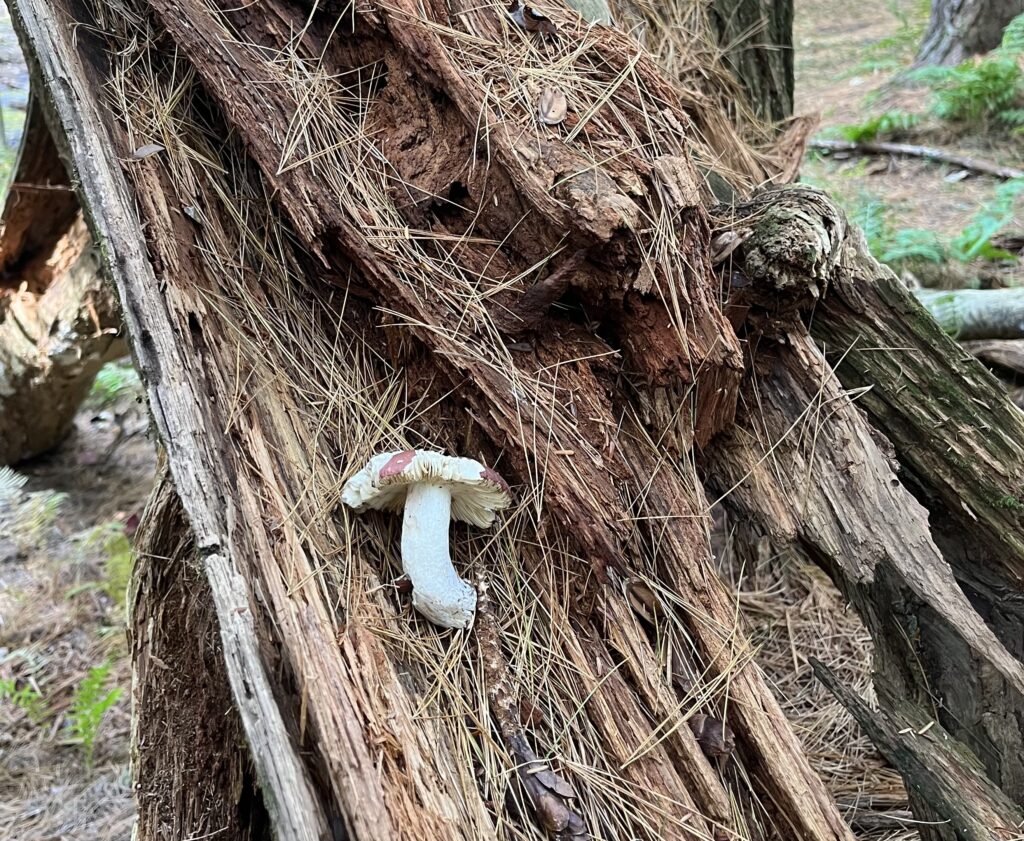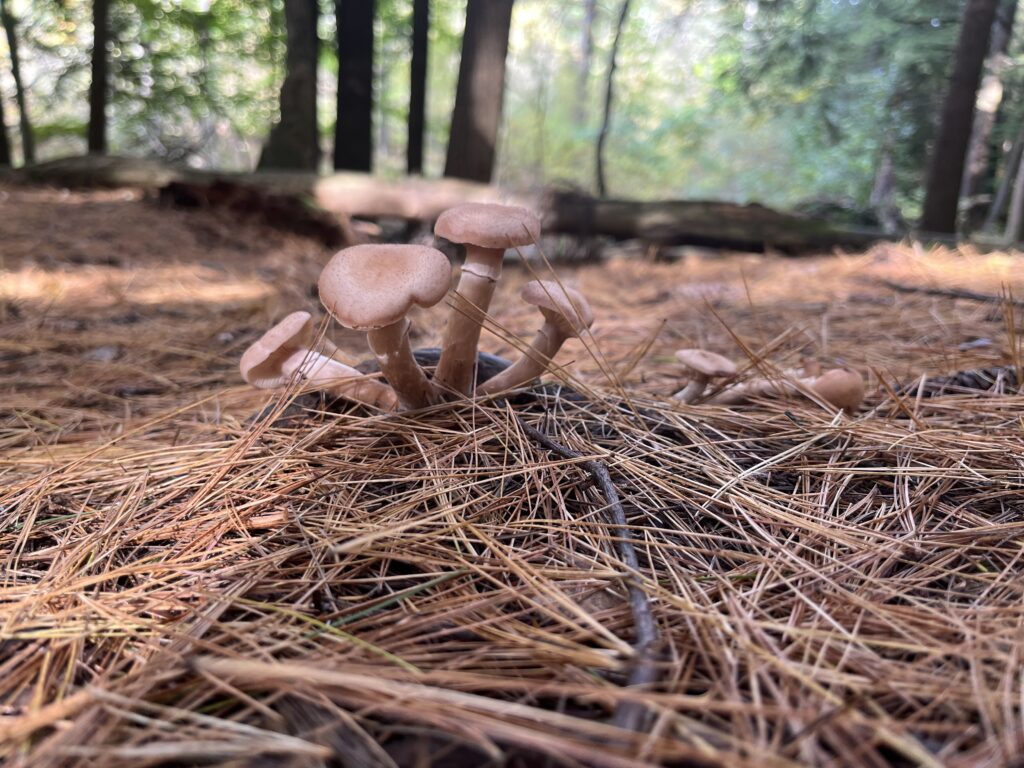Here’s a collection of a few photos I took while exploring the area.






Here’s a collection of a few photos I took while exploring the area.







The place I chose to go is called Kinns Road Park. It is located in Clifton Park, New York, about an 8-minute drive from my house. It is surrounded by a lot of neighborhoods and there is a main road that goes directly by it.
Some of the birds that I was able to observe today include:
Most of these were identified by their calls and I managed to get the call of the Carolina Wren as an audio recording. You can listen to it below.
I also observed a bunch of areas in the ground that looked like circles in the fallen needles. I am taking a guess to say that these are spots where squirrels have buried seeds for the winter because of the pinecones next to the spot, but I am not entirely sure.



The first thing I noticed was that my area does not have as many leaves on the ground as seen in other parts of the woods. This is because my spot consists mostly of Northern White Pine trees. There were some trees, the maples, near the stream that were turning yellow and losing leaves.


For the most part, all of the white pines seemed the same as they did on my last visit. There isn’t too much to observe with them since they keep their needles year-round. I did notice that some of the ferns have started to die though.


The stream was flowing very steadily and was very nice to listen to while sitting there.

While sitting at my spot, I did a grounding technique to help me notice more things going on in the area. It is called the 54321 technique (or at least that’s what I call it). You name five things you can see, four things you can hear, three you can feel, two you can smell, and one you can taste. (I decided to omit the tasting part)
The next three photos show the pattern I observed.




Below is a birds-eye view drawing I completed white sitting at my phenology site. The key is included in the picture.

While visiting my place, I noticed there were a lot of birds around. I managed to take a video of a downy woodpecker along with audio clips of the calls of a few different birds.
This screenshot from google maps shows the specific spot that I picked (the pin labeled “THE location”)

I chose a spot inside Centennial Woods that has a large amount of overstory trees but not many understory trees. The primary type of tree in the area are Eastern White Pines, although there are many more. The other types are as follows:
Its worthy to note that the last three tree types listed are all concentrated near the stream at the edge of my area. Because of the high concentration of eastern White Pines, there is a large amount of pine needles covering the ground.


The place I chose also has ferns everywhere. There were more when I first visited but I suspect that is because it is now becoming colder. There are also many fallen trees that are now decomposing. Many of them are covered in mosses and mushrooms. There are many different types of mushrooms in the area as well.



The place I chose is Centennial Woods. Centennial Woods is a natural area that is owned by the University of Vermont. To get there from central campus, walk east, and go past the water tower. Then cross East Ave and walk down Carrigan Drive until you get there. There is a sign at the entrance, so it is very easy to spot.
I chose Centennial Woods to be the place I would visit during this project mainly because of its close proximity to campus. It is only about a 15 minute walk from my dorm. I also just love this place. As soon as I step into the natural area, I feel a sense of calm and want to spend hours there. There is a lot of variety in plants, wildlife, and scenery. A few places are open clearings and there is a stream that runs through the area as well.